Making My Bed – Massive Tenons
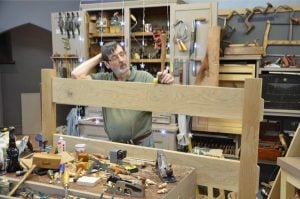
Cutting the tenons goes quickly enough and I know some of you in Germany have been mocked by your co workers because you want to use hand tools instead of machines. As I said in my response, there will always be co workers that mock you and peer pressure will always be with us. Ignore them and they will go away. Machinists take a different track and in some cases equate this to the whole of life because woodworking is about getting the job done and getting it done yesterday. The journey is of no significance and “never mind smelling roses.”
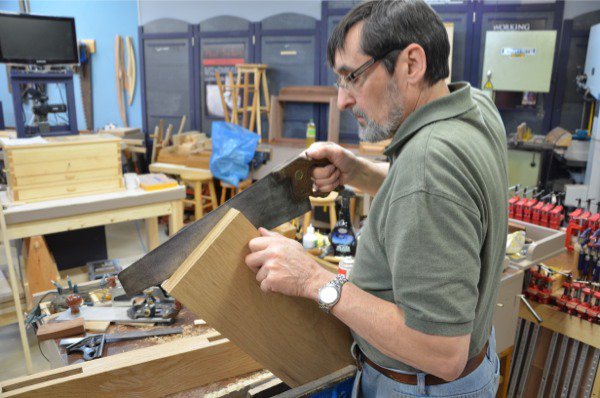

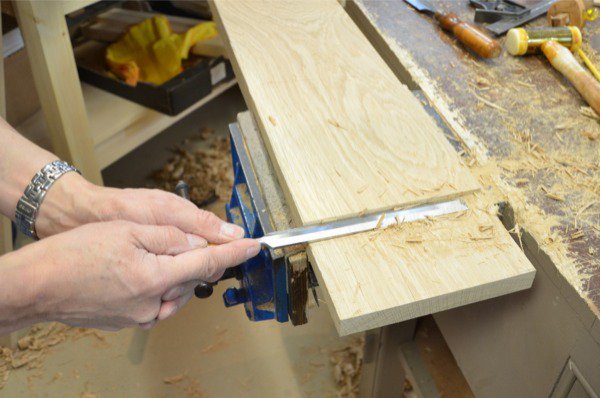
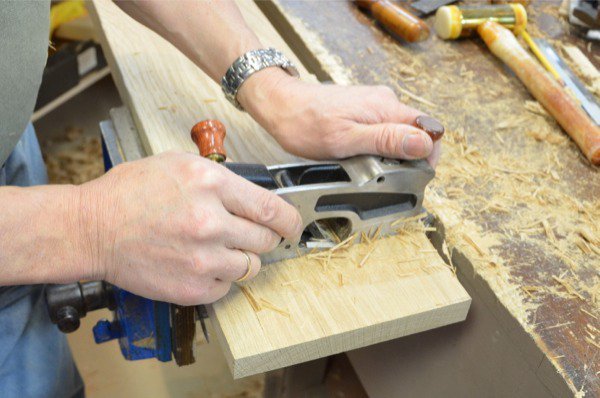
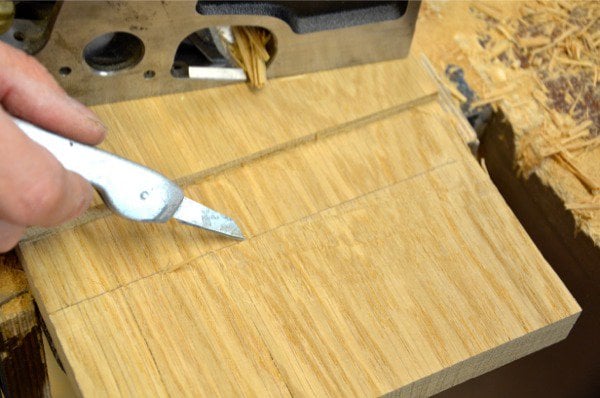
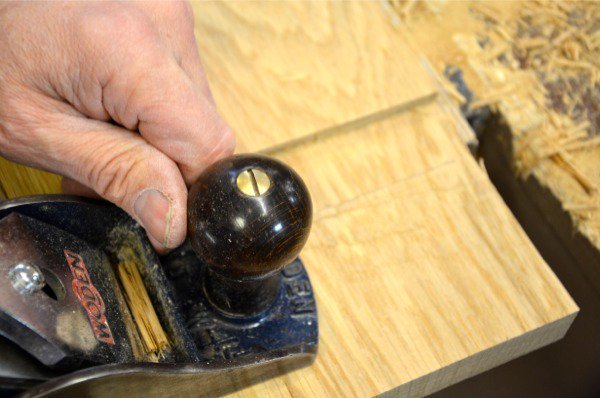
I lay the shoulder plane on its side to trim the shoulder. I push all the way up to about 1/4″ from the opposite side and stop. If I go all the way through, there will be blowout on the out-cut. Instead, I stop, and then I use the chisel to finish the cut from the face. It usually takes only a couple of strokes to perfect the shoulders using the shoulder plane.
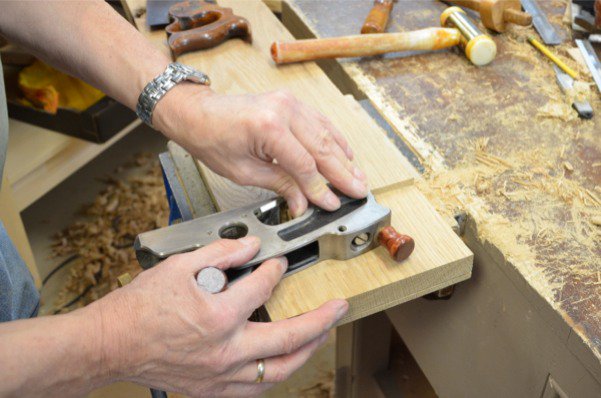

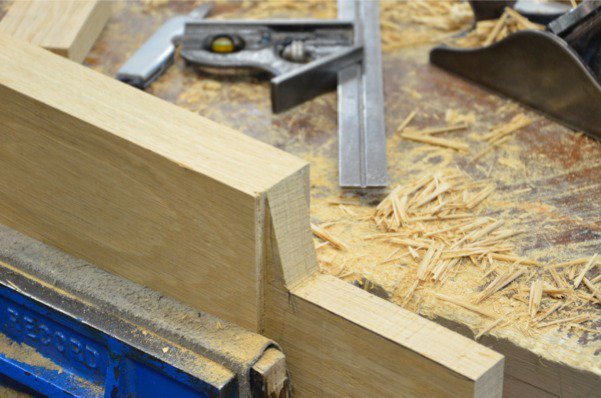
This is the tenon entering the mortise hole. I Like this picture.


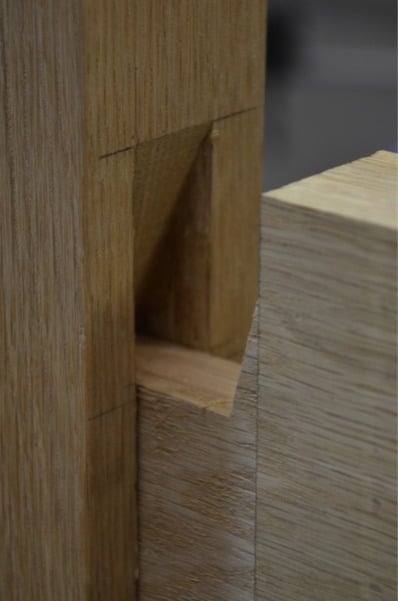
Beautiful work, Paul.
I began watching your videos some months back and was impressed at your level of precision. I have been a Gunsmith for some 50 years and have never before seen a woodworker exhibit such craftmanship in wood alone. Sort of makes me regret spending all my time with Guns….HW
And I would have loved working with guns. I specialised in firearms in the British police for many years.